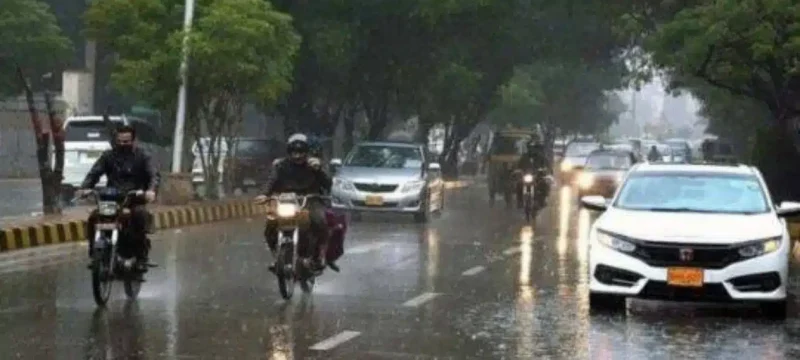In a historic move aimed at addressing the severe air pollution, authorities conducted artificial rain in parts of Lahore on Friday, marking the first instance of cloud seeding in the capital of Punjab, Pakistan.
Lahore has been grappling with intense smog, transforming the city into what some describe as a “poisonous gas chamber,” leading to widespread health concerns over the past few months.
Also Read: Lahore’s Smog Battle: Artificial Rain Project Estimated at Rs350 Million
During a press conference, caretaker Punjab Chief Minister Mohsin Naqvi disclosed the plan to seed clouds with the goal of inducing rain within a 10 to 15-kilometer radius of the provincial capital. Naqvi stated that as a result of the cloud seeding technique, light rain was observed in 10 areas of Lahore, with clouds generated around Shahdara and Muridke.
The chief minister shared that 48 flares were fired to stimulate artificial rain, with the United Arab Emirates (UAE) providing funding for the experiment. Importantly, Naqvi emphasized that the entire cost incurred was related to water expenses. Chemicals in the clouds were dispersed with the assistance of two aircraft from the UAE government.
Naqvi expressed anticipation about the outcomes of the artificial rain and mentioned plans to install smog towers in the city soon. Cloud seeding is a form of weather modification that aims to induce rainfall. In this process, aircraft release silver iodide into clouds, leading to the formation of ice crystals and, consequently, the stimulation of rain over targeted areas.









